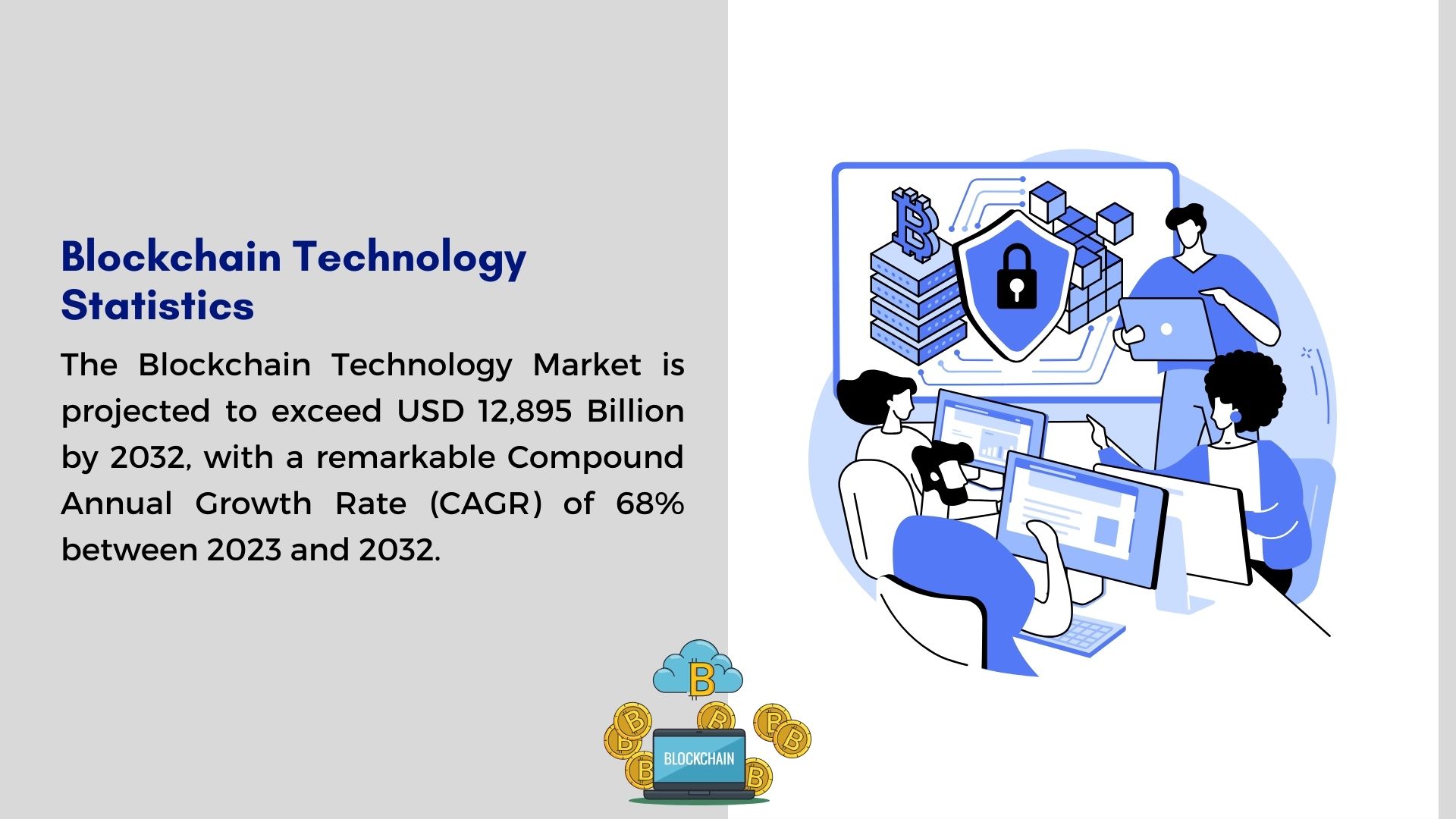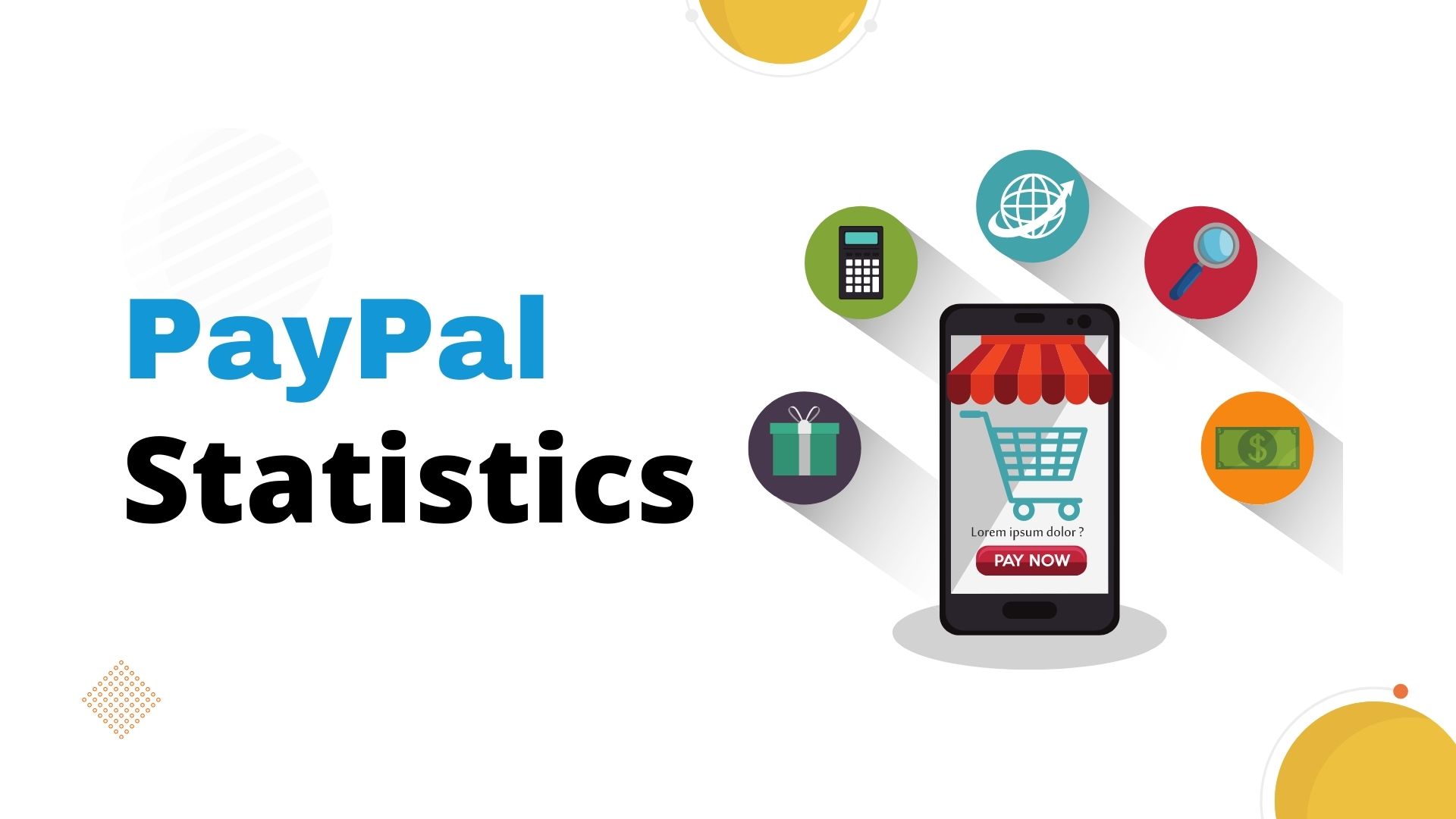Running an e-commerce business is not without its challenges, one of which is earning enough cash to keep your doors open. Did you know that in the e-commerce sector, only 20% of businesses survive? This indicates that 80 out of 100 companies are either losing money or breaking even with their expenses. This is why monitoring your profit margin is essential to assess your situation and take action to keep your business afloat.
What Is The Profit Margin?
The profit margin is the percentage of sales income a company retains after all expenses are paid. Simply defined, it calculates how much revenue you receive from a sale you keep. Your company’s financial health improves as your profit margin rises.
There are different types of profit margins, with the following three being the most popular:
- Net margin (Net profit margin)
- Gross margin ( Gross profit margin)
- Operating margin (Operating profit margin)
Here is a thorough explanation of each category.
- Net Profit Margin
The net profit margin is the organization’s profit after deducting all of its costs, including operating expenses, product price, and interest and tax payments.
Formula for calculating Net Profit: – (Total Revenue – Total Costs) / Total Revenue (x 100).
You may assess your company’s overall success by computing your net margin. A high net margin shows that your business is managing its costs and generating sales very well.
Additionally, you may use net profit margin to assess how well your business is performing compared to its rivals. However, the companies should have nearly the same cost structure and consumer base for the comparison to make sense.
- Gross Profit Margin
Gross profit margin is the company’s profit after deducting costs associated with manufacturing and selling its service or product.
The cost of goods sold (COGS) must be subtracted from the total revenue in order to calculate gross profit. To calculate the gross margin percentage, divide the sum by the total income and multiply it by 100.
Formula to calculate Gross Profit: (Total Revenue – COGS) / Total revenue (x 100).
It is best to remember that COGS refers only to direct good costs and not indirect expenditures such as rent or office supplies.
You can also calculate the gross profit to determine if your business is profitable and if you need to change prices. If your gross margin is low, it could mean that you need to charge more for an item in order to make it profitable to sell.
What is the Optimal Gross Profit Margin?
You must set fair prices for your products or services to increase your gross profit. Different industries have different optimal gross margin numbers. It is 45.25% of\ online sales, according to the NYU Stern School of Business.
Shopify’s profit calculator can help you determine your products and services’ most profitable selling price. This tool calculates the cost of your merchandise to consumers in order for you to achieve the highest profit margin.
Operating Profit Margin
The operating profit margin demonstrates an organization’s profit after accounting for variable costs (i.e. indirect costs) associated with running your company.
Compared to gross margin, the operational margin considers a variety of other operating costs such as rent, labor costs, utilities, advertising, payroll, insurance, etc.
Moreover, you can gain more understanding of your pretax profit and how operational expenses affect your business’s profitability by calculating the operating margin.
Subtract operating expenses from total revenues in order to calculate operating profit. After that, divide the sum by total income, and multiply it by 100.
Formula for calculating Operating Profit: – (Total Revenue – COGS + Operating Costs) / Total Revenue (x 100)
What Is A Favorable Profit Margin For Your Business?
Your business’s profit margin will vary depending on your location, customer base, and industry. In general, a net profit margin of 10% is deemed a good margin, a 20% profit margin is considered excellent, and a 5% profit margin is considered poor. If you want to compare your business performance based on net margin and gross margin, you should check out the average profit margin for your industry.
How To Raise The Profit Margin
1. Reduce Operating Expenses
Reducing operating expenses and costs is a quick and efficient strategy to increase profit margin.
Even if these costs differ from one business to the next, you should audit the expenses that are frequently incurred in running a business, such as:
- Labor costs
- Licenses
- Insurance
- Office space & utilities
- Maintenance and equipment cost
- Employee benefits
Next, consider how you may reduce operating costs and how technology might be used to your advantage. For example, if you offer 24/7 customer service through Facebook and have 3 workers who work eight-hour shifts, you can reduce your operating costs by using a chatbot during off-duty hours.
2. Raise The Average Value Of Your Order
The average dollar amount a consumer spends on each purchase at your store is known as AOV (average order value). One easy strategy to raise your profit margin ratio is to increase AOV.
There are several strategies to raise your average order value, including:
- Create Product Packages Or Bundles: – Product bundles work excellently to raise the perceived value of a consumer’s purchase and help improve the shopping experience. Make product bundles more affordable as a group than as a single item to encourage individuals to make larger purchases.
- Cross-Sell And Upsell Complementary Products: – You can suggest products that match well with the items a visitor has in their cart rather than just recommending your store’s best-sellers. For example, shaving cream with razors or a mixing bowl for hair dye.
- Provide Incentives For Minimum Orders: – You can boost your AOV and achieve higher margins by encouraging consumers to spend a minimal amount. Offering free delivery with a minimum purchase is one method to accomplish this, which you can usually set up in Shopify within a few minutes.
3. Be Prepared To Experience A Loss On Certain Orders
It is acceptable for your e-commerce company to lose money on some orders if doing so allows you to get to know your consumers better. Today’s consumers have become so used to receiving mediocre service that they are not surprised when a company attempts to establish a lasting relationship.
How can you invest in the future of your client relationships? Here are a few concepts:
- Is a consumer dissatisfied with their order? Please give them a partial refund to make up for the disappointing experience.
- If something cheap item breaks, send the buyer a free replacement immediately without making them deal with the return.
- If a customer wants to return a large item, send them a replacement right away once they provide the return’s tracking information rather than holding off until the item gets to your warehouse.
These tactics will initially cost a little extra. Still, they will significantly impact you as you develop a passionate and devoted fan following that improves your company’s financial health.
4. Increase Your Product Prices
Many business owners worry that their clients will leave them if they increase their rates. However, if you give customers a wonderful experience and proactively address their problems, a modest price increase can do miracles for your company.
Furthermore, it would be best to consider psychological and creative strategies when pursuing this method. For example, if you are selling a wholesale and retail product, you could maintain the retail price as is while raising the wholesale price by $5. In this manner, consumers would still receive a great price when they purchase wholesale, while your business would benefit from a higher profit margin.
5. Establish A Consumer Loyalty Program
Consumer loyalty programs are proven methods to boost profitability in the service and retail sectors. For example, Sephora has a customer loyalty program with more than 17 million members, contributing to around 80% of the company’s sales.
Instead of investing money in new campaigns, you may quickly boost profit margins by creating a customer loyalty program.
Moreover, you can set up a loyalty program where consumers receive rewards based on a point system for each purchase. Once they have accumulated enough points, allow them to select how to use their points, whether via gift cards or discounts, to aid with the purchase price.
Conclusion
Profit margin is a vital metric for businesses to track. It provides insight into how much profit a company is making and can be used to compare profitability across different companies. Profit margin is essential because it shows how much of each sales dollar is actually being turned into profit.
Monitoring your company’s profit margin might assist you in deciding what actions to take to ensure its survival and growth. You must maintain the consumer experience while doing this. Following these suggestions for raising your profit margin, you can establish a solid foundation for your company and prepare it to withstand any future economic turbulence.
ABOUT AUTHOR
Steven Burnett has over 15 years of experience in a range of industries and domains. Steven has a flair for gathering data and information through extensive research efforts, and has a strong set of skills to cover almost any domain with ease and produce reports that are easy to understand and aid in making well-informed decisions. You can get in touch with him here. Phone No: +1 315-447-6937 Email: steven.b@coinlaw.io








